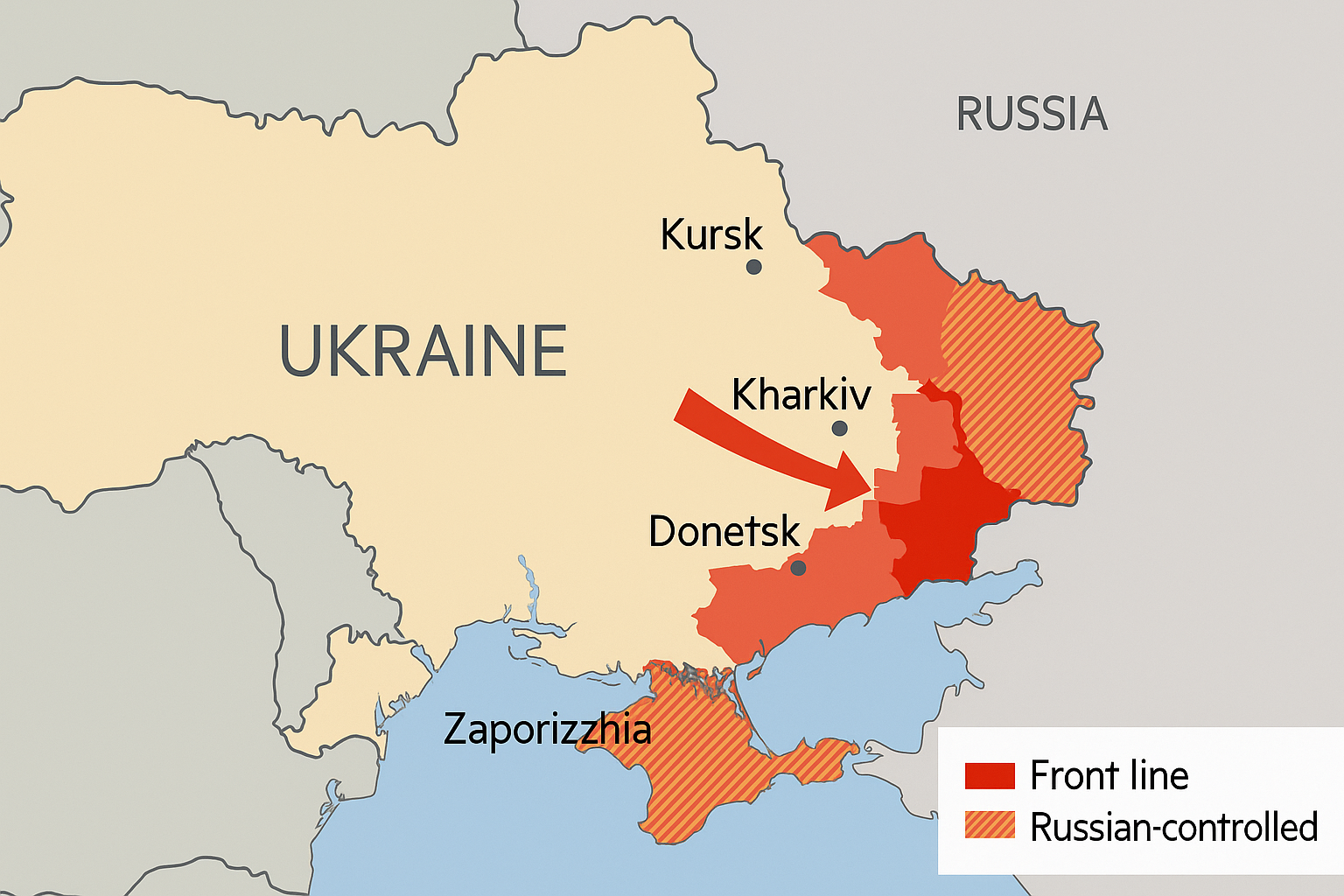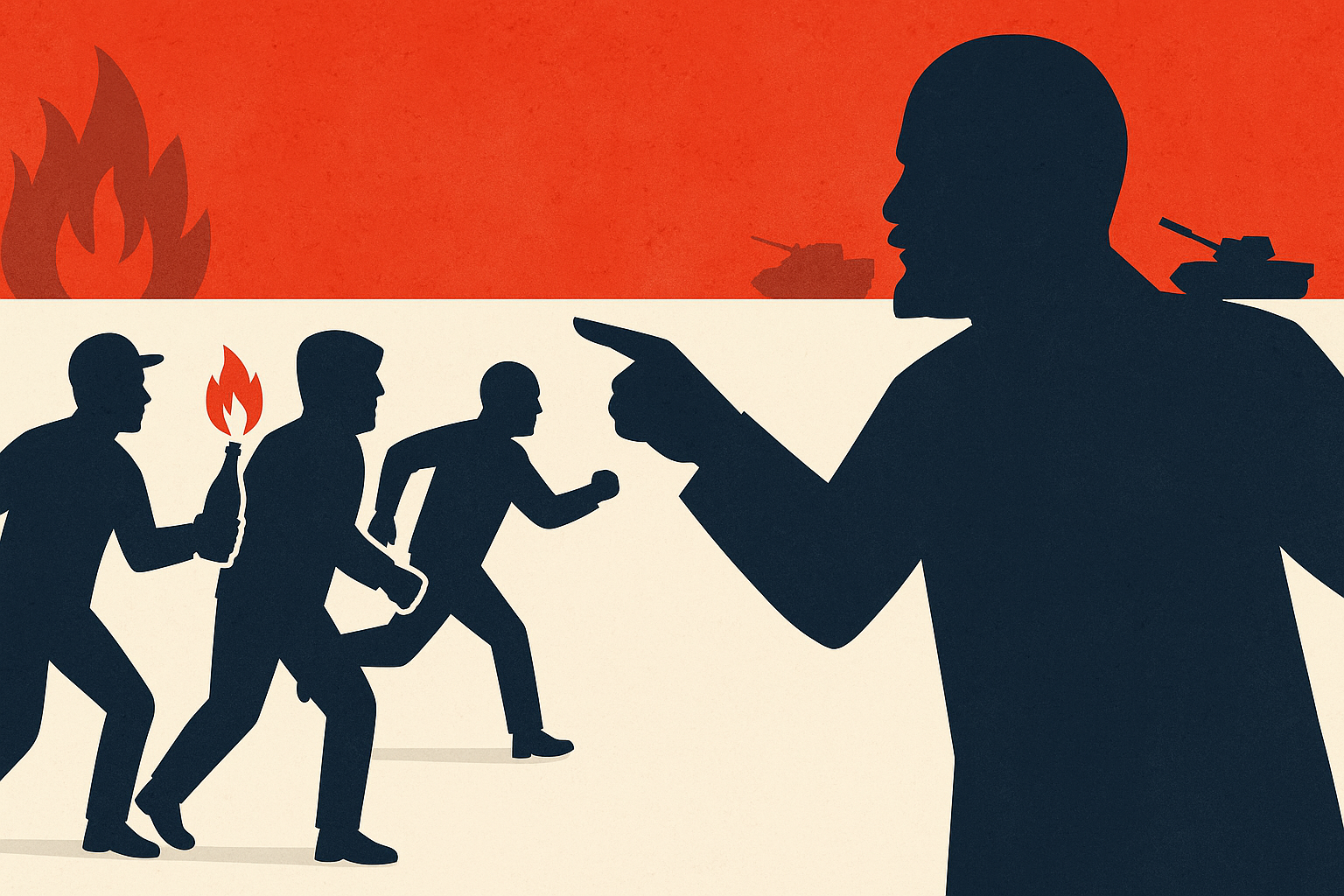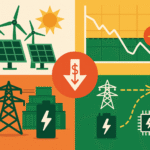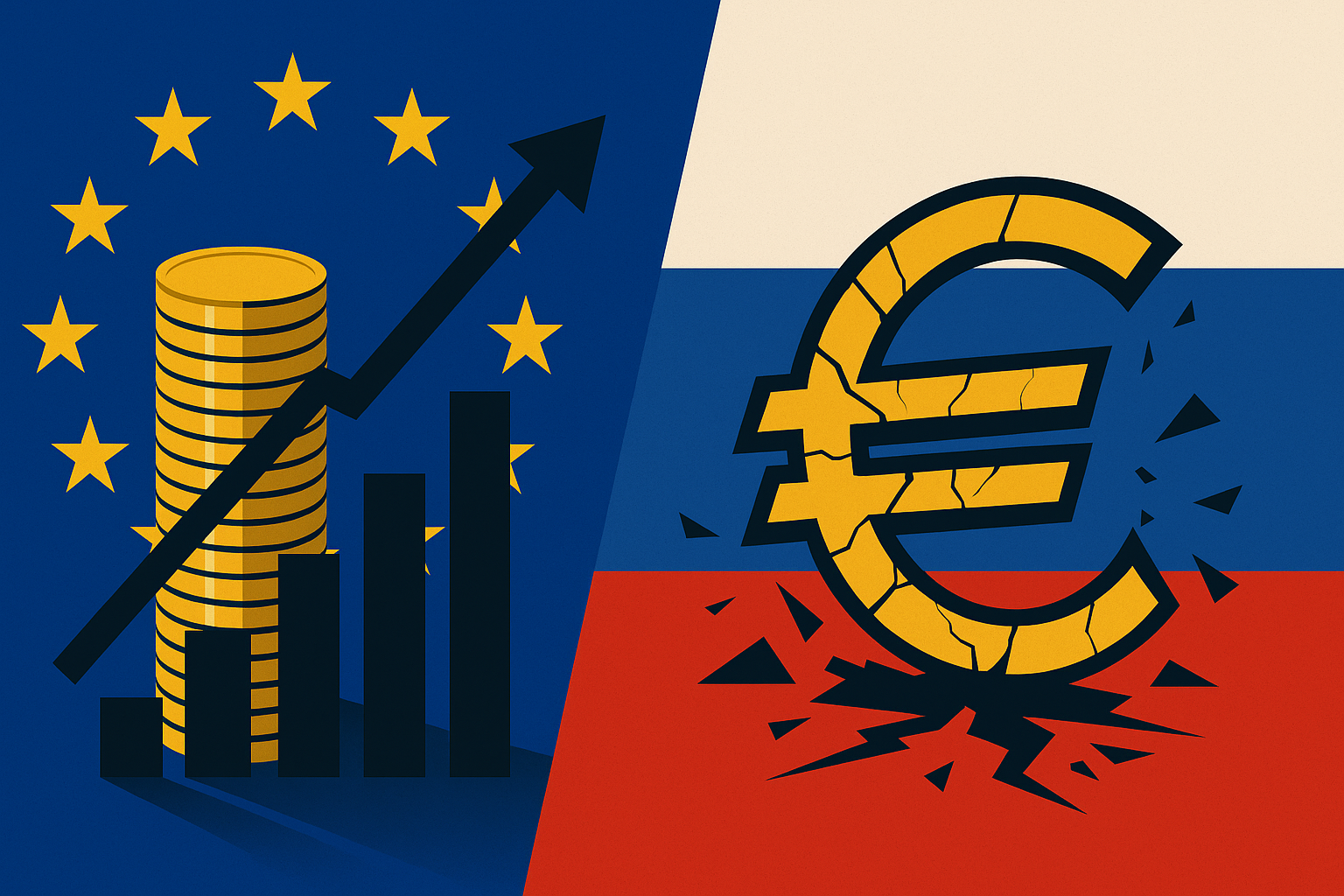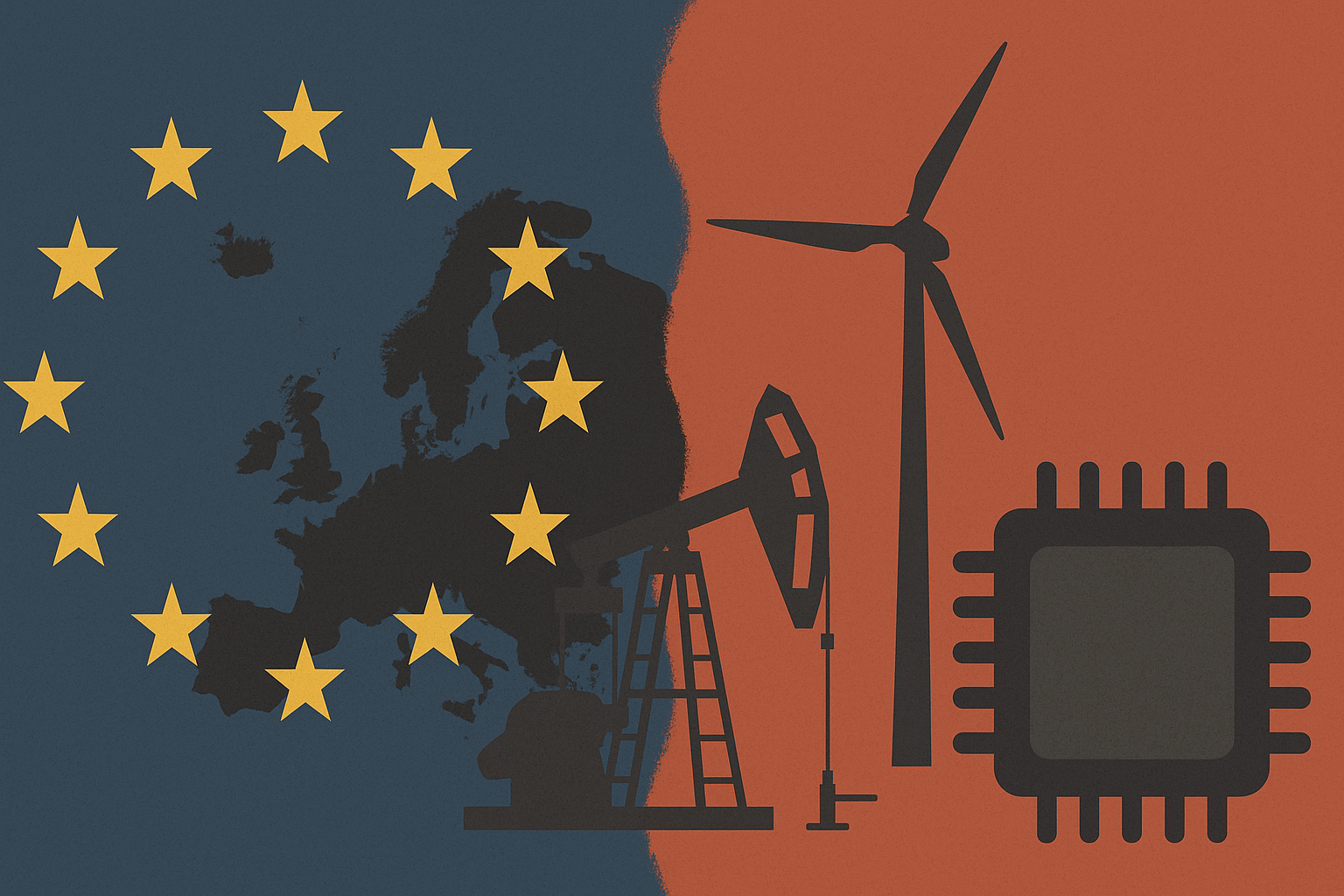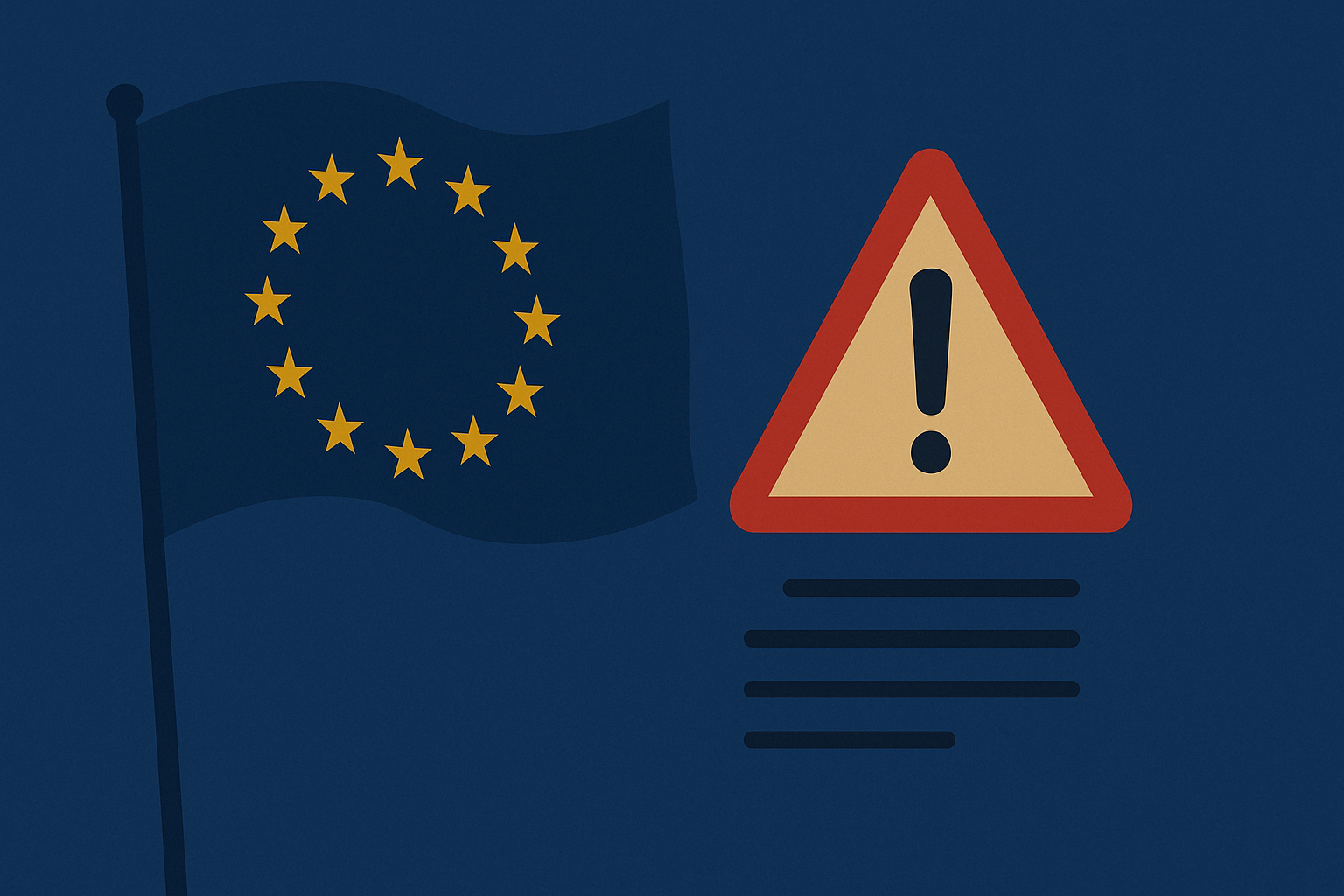Russian forces have made unexpected advances in eastern Ukraine, moving nearly 15km over recent days along a corridor parallel to the coal-mining town of Dobropillia. The advance threatens to sever a key road link to Kramatorsk — the administrative centre of Ukrainian-held Donetsk — and could allow Russian troops to bypass newly constructed defensive lines.
Military analysts describe these as some of Russia’s most significant gains in the past year, coming at a critical moment as Ukraine faces shortages of manpower and ammunition. The developments coincide with preparations for a high-profile summit in Alaska between Donald Trump and Vladimir Putin, where the Russian president is expected to push for recognition of battlefield gains.
US-Ukraine Minerals and Energy Deal
In Washington, the Trump administration has finalised an agreement granting the US access to Ukraine’s critical minerals and energy assets. The deal, signed at the US Treasury, creates a “reconstruction investment fund” for Ukraine, but does not include retroactive compensation for the more than $100bn in US military aid. While Washington argues the deal is essential for continued support, it stops short of offering explicit security guarantees. Future military assistance, such as air defence systems, will be classified as investment under its terms.
Kursk Incursion and Its Aftermath
Ukraine’s 2024 incursion into Russia’s Kursk region initially seized around 1,300 sq km of territory. However, Ukrainian forces were gradually pushed back, with Russia deploying 50,000 troops — including an estimated 10,000 from North Korea — to retake the area. By March 2025, Moscow had recaptured Sudzha, depriving Kyiv of a valuable bargaining chip in future negotiations.
Eastern Frontline Pressures
The conflict has become a war of attrition stretching over 1,000km from Kherson in the south to Kharkiv in the northeast. Ukraine has attempted to reinforce its eastern defences ahead of potential Trump-brokered talks but continues to struggle against Russia’s larger and better-equipped forces. Russian advances in 2024 saw the capture of approximately 4,200 sq km of Ukrainian territory, most in Donetsk, according to the Institute for the Study of War.
The Role of Drones
Drones remain central to both sides’ strategies. Ukraine has used them to strike inside Russia, targeting military facilities, munitions plants, and energy infrastructure, and is believed to have sunk about 20% of Russia’s Black Sea Fleet. Russia’s extensive minefields, fortifications, and constant drone and artillery coverage blunted Ukraine’s summer 2023 counteroffensive.
Humanitarian and Cultural Impact
The war has triggered one of the largest refugee crises in modern history. A Financial Times investigation found Ukrainian children taken to Russia in 2022 have been put up for adoption, in at least one case under a false Russian identity.
Key Moments in the War
- February 24, 2022: Russia launches its full-scale invasion after months of Western intelligence warnings, escalating the conflict into Europe’s largest since WWII.
- March 2022: Russian forces fail to capture Kyiv due to logistical missteps, Ukrainian resistance, and effective use of modern weapons.
- May 2023: After a nine-month battle, Russia captures Bakhmut, with an estimated 30,000 killed, many of them Wagner Group convicts. Wagner leader Yevgeny Prigozhin later stages a brief mutiny and dies in a plane crash in August 2023.


